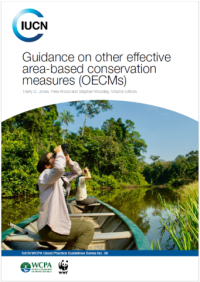Prioritising the restoration, protection, and sustainable management of global grasslands: A pathway to achieving Global Biodiversity Targets
To achieve the targets outlined in the Global Biodiversity Framework (GBF), which was adopted by the Convention on Biological Diversity’s (CBD's) 15th Conference of the Parties (COP15) in 2022, global biodiversity initiatives should prioritise the conservation, restoration, and sustainable management of grasslands to effectively address their rapid degradation and, ensuring the numerous benefits provided by these ecosystems continue for future generations. This report demonstrates how grasslands must be integrated into actions to achieve Targets 2, 3, and 10, enabled by Targets 19 and 21 of the GBF.
Grasslands and savannahs hold significant economic, ecological, and cultural value, encompassing 54% of our terrestrial landscapes. Despite this, these ecosystems are experiencing the highest rate of conversion and degradation. The fragmentation of grasslands has undermined their essential ecosystem functions, including their ability to store carbon, regulate water, provide food, and support cultural practices. One major challenge is that fewer than 10% of grasslands are safeguarded from threats at a global level. They are also often overlooked in national climate and biodiversity plans: only 10% of nationally determined contributions (NDCs) as part of the Paris Climate Agreement include references to rangelands, compared to 70% of those plans including references to forests.
This document is a preview to an upcoming report, which will explore this narrative in depth. We welcome your feedback and contributions as we prepare the extended version. Scan the QR code in the document to provide feedback and comments or reach out to us directly via email to Sairandhri Lapalikar [email protected] / Leonie Meier [email protected].



